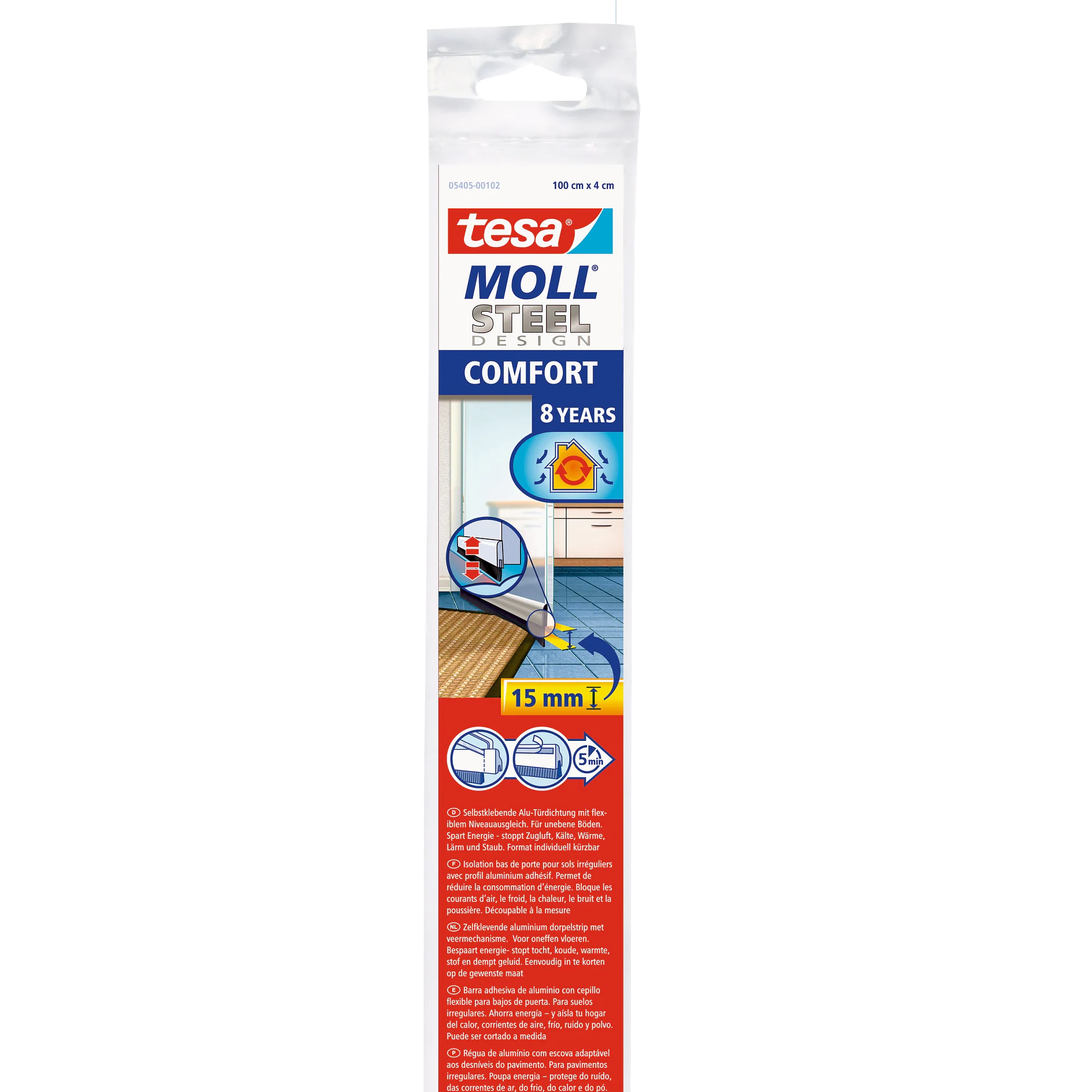tesamoll® UNIVERSAL foam
tesamoll® Universal Foam is a versatile self-adhesive foam designed to save money by sealing windows and doors. It is a draught stopper for gaps up to 5 mm.
- Self-adhesive foam profile
- Seals gaps from 1 to 5mm
- Durability from 1 to 2 years
Product details
![tesa_05412_05428_55604_step_1of5_ap [en-en] tesamoll Sealing Tape Universal PUR Foam, 6mx9mmx5mm, blister card](/en/files/images/202402/4/medium-11171575,11171575_crop4x3_18.webp)
Product description
![tesa_05412_05428_55604_step_1of5_ap [en-en] tesamoll Sealing Tape Universal PUR Foam, 6mx9mmx5mm, blister card](/en/files/images/202402/4/medium-11171575,11171575_crop4x3_18.webp)
Product description
Noise can be annoying and a strong draft can make life really uncomfortable. The tesamoll® UNIVERSAL Foam is a versatile door and window sealing tape available in various sizes. It is an effective wind stopper seal for indoor use and able to seal those hidden gaps between 1 and 5 mm. Plus it offers great characteristics as a noise reduction tape for cupboards and closets. Simply stick it onto almost any flat surface to make your life more comfortable.
More product details
- Self-adhesive foam profile
- Seals gaps from 1 to 5mm
- Durability from 1 to 2 years
- Soft and flexible
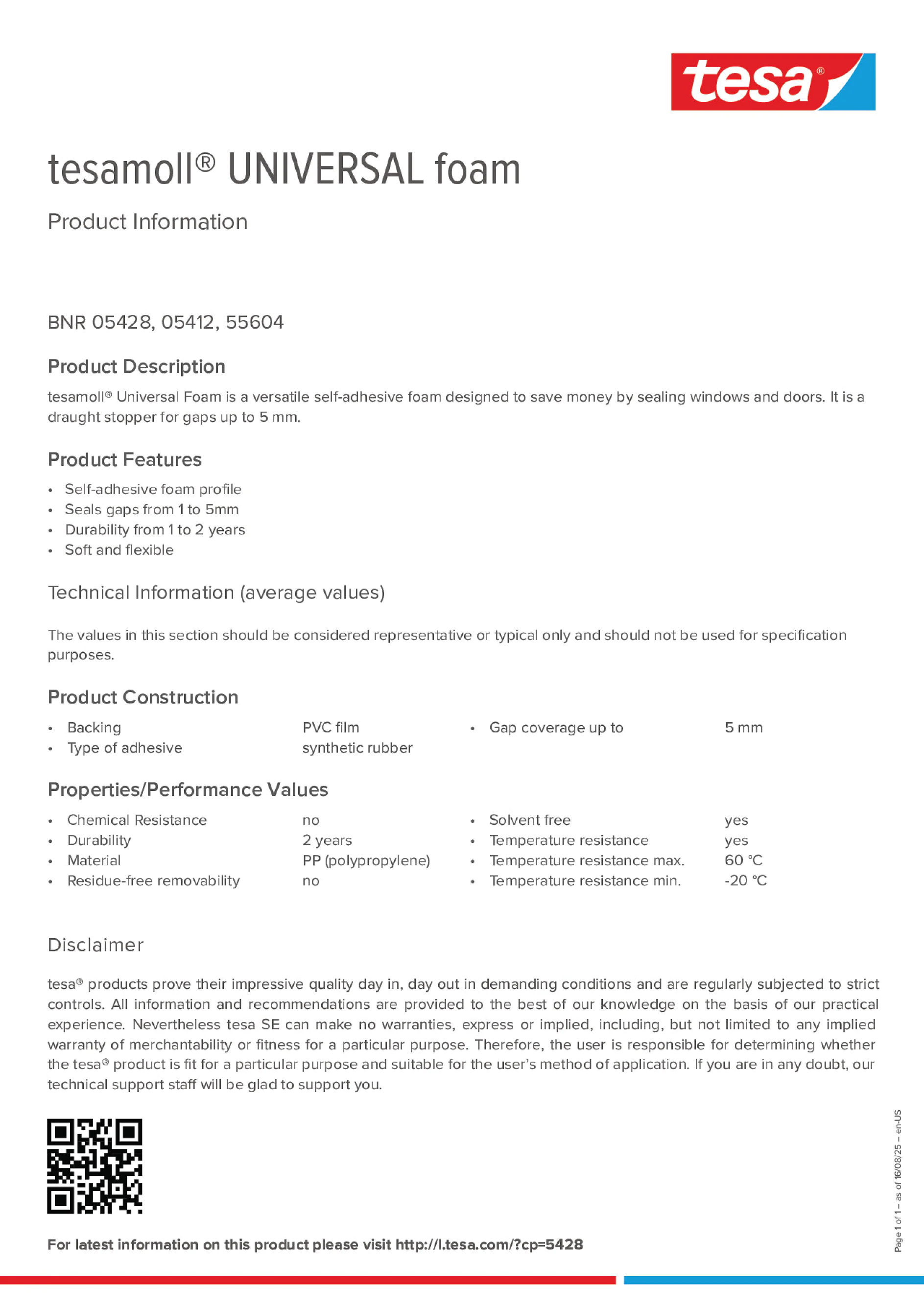
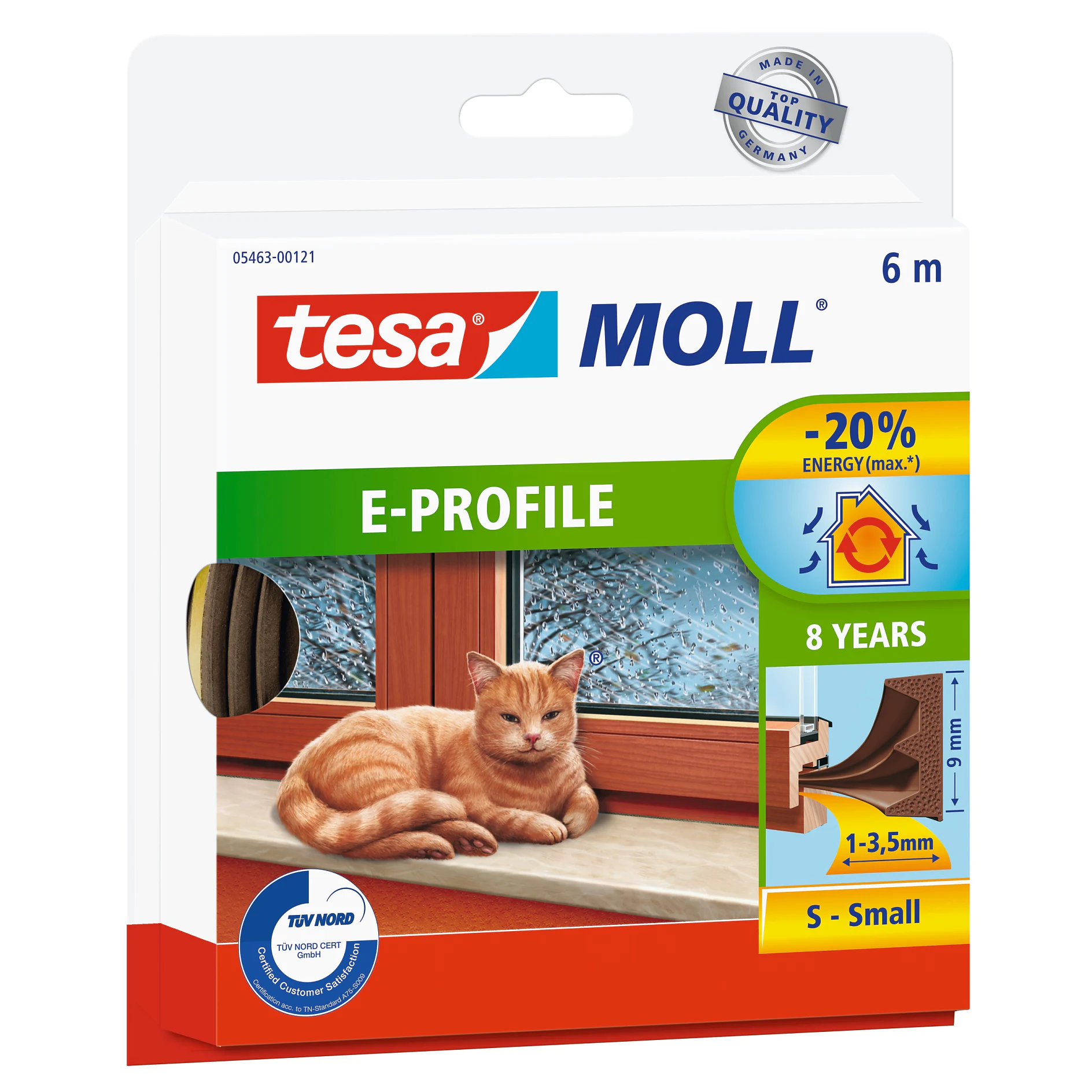
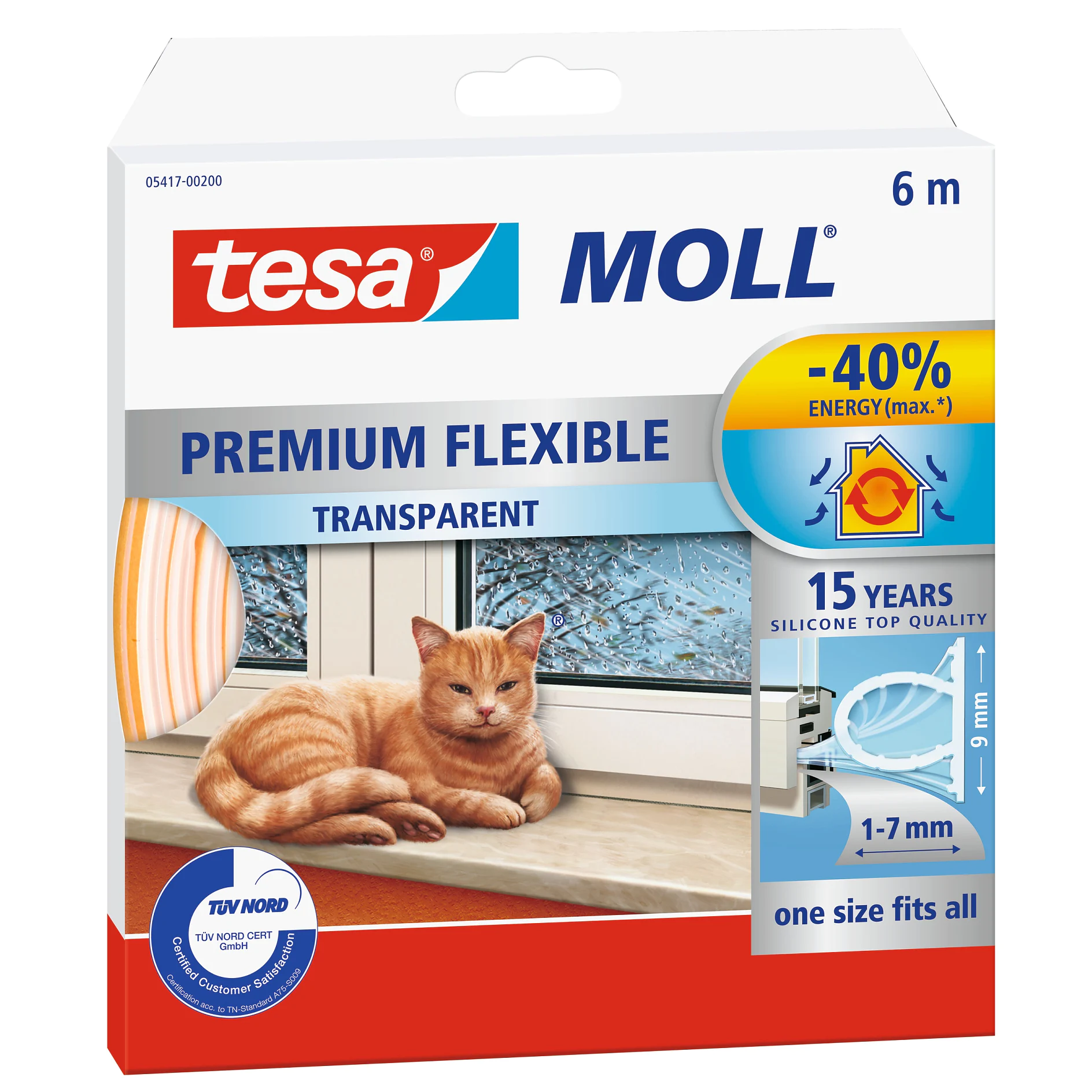
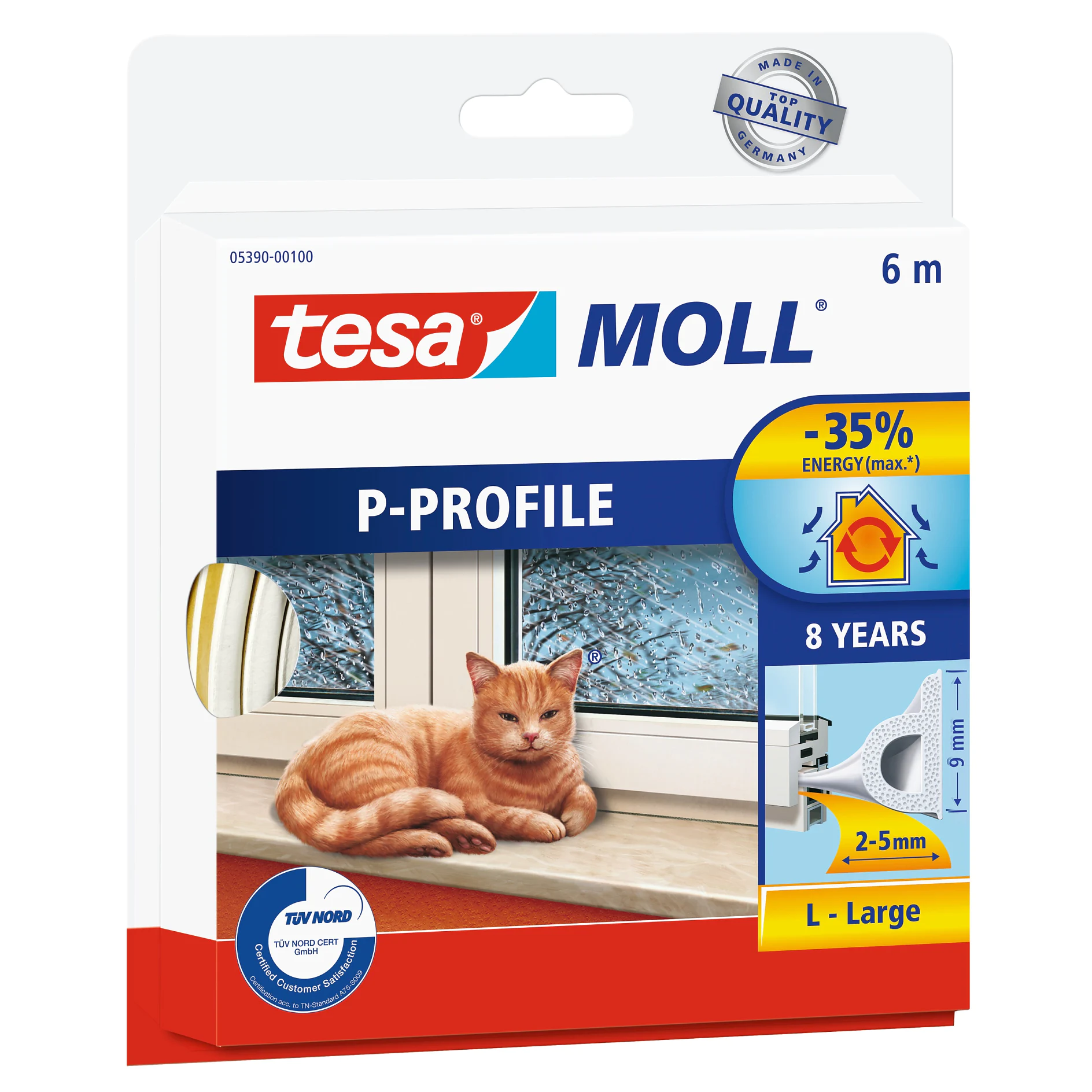
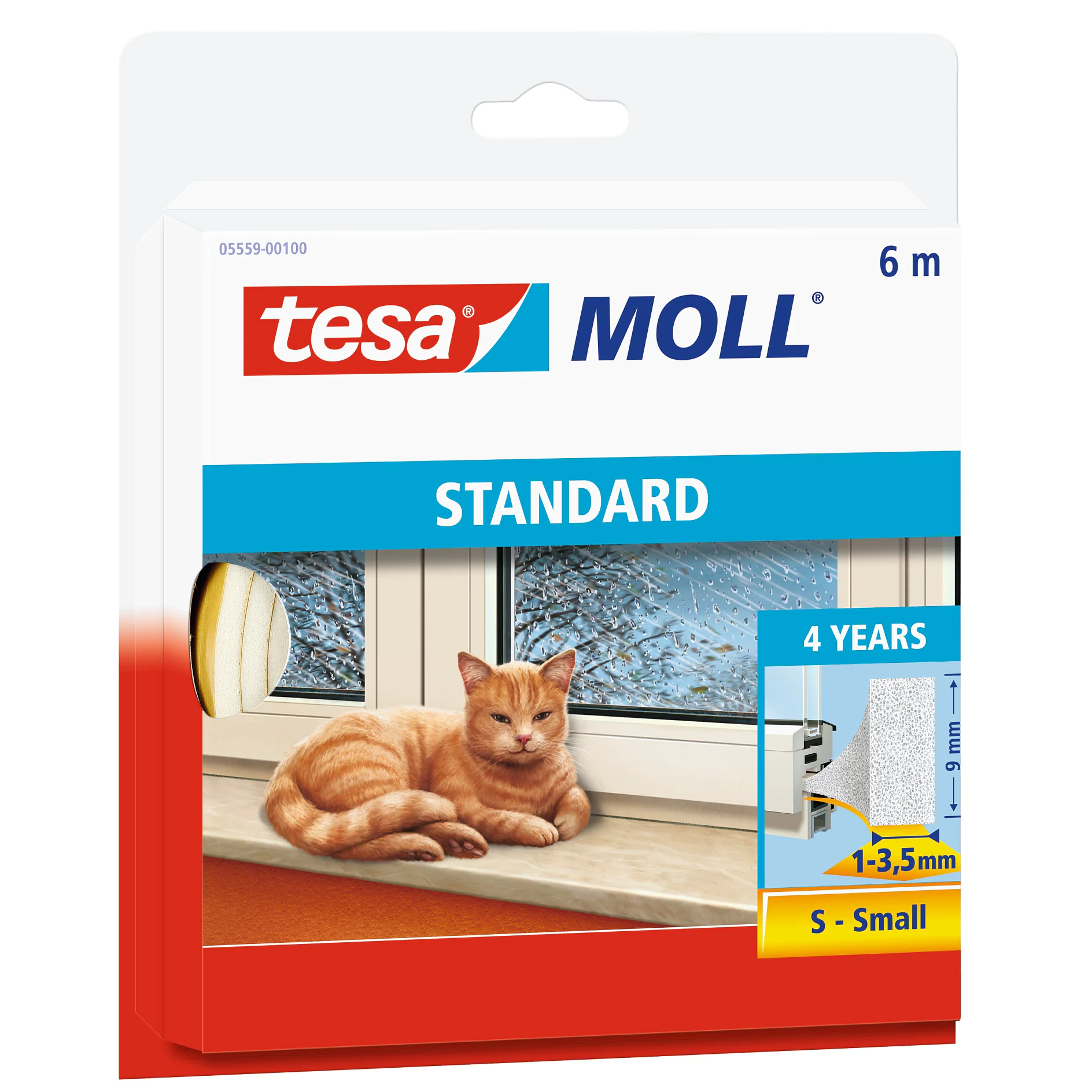
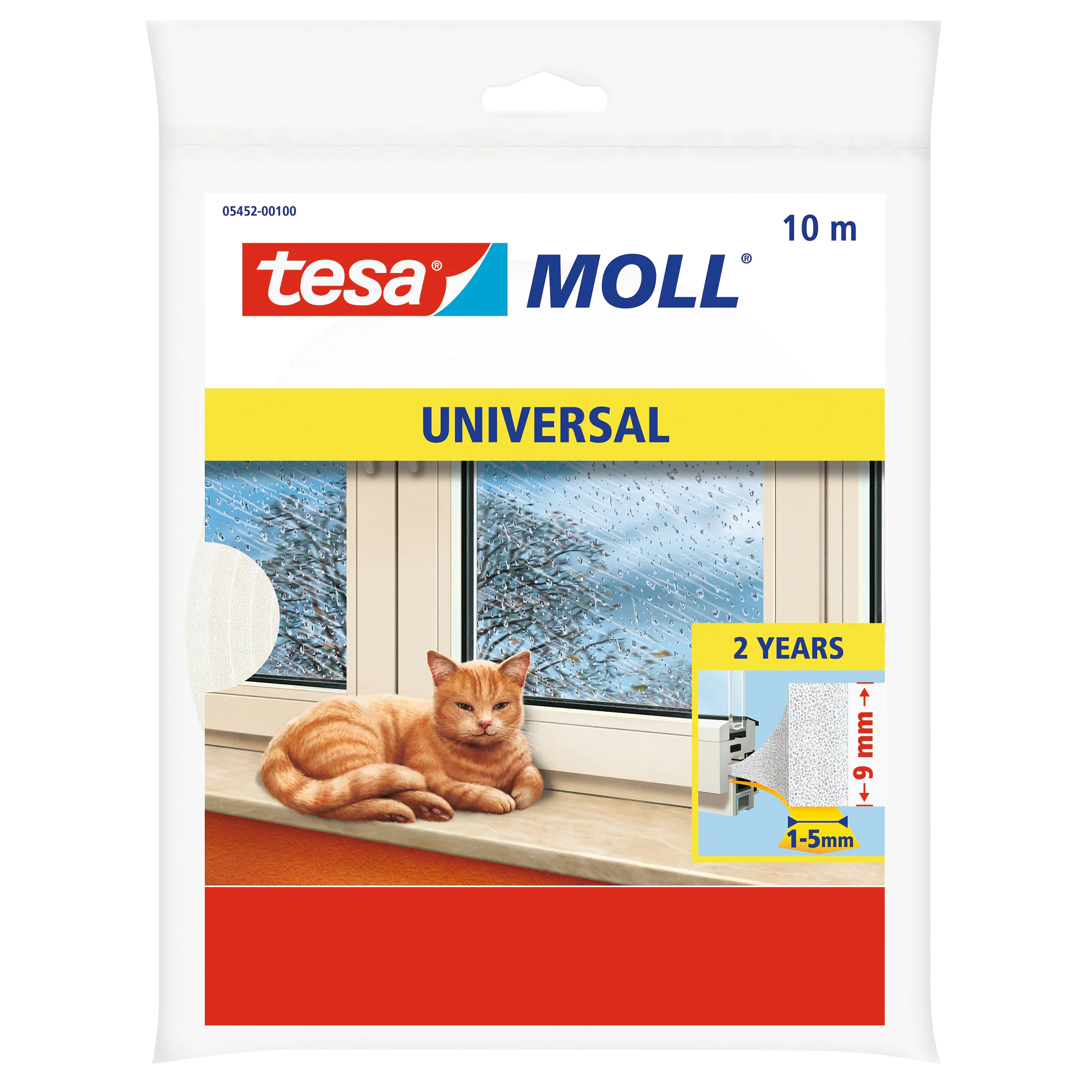
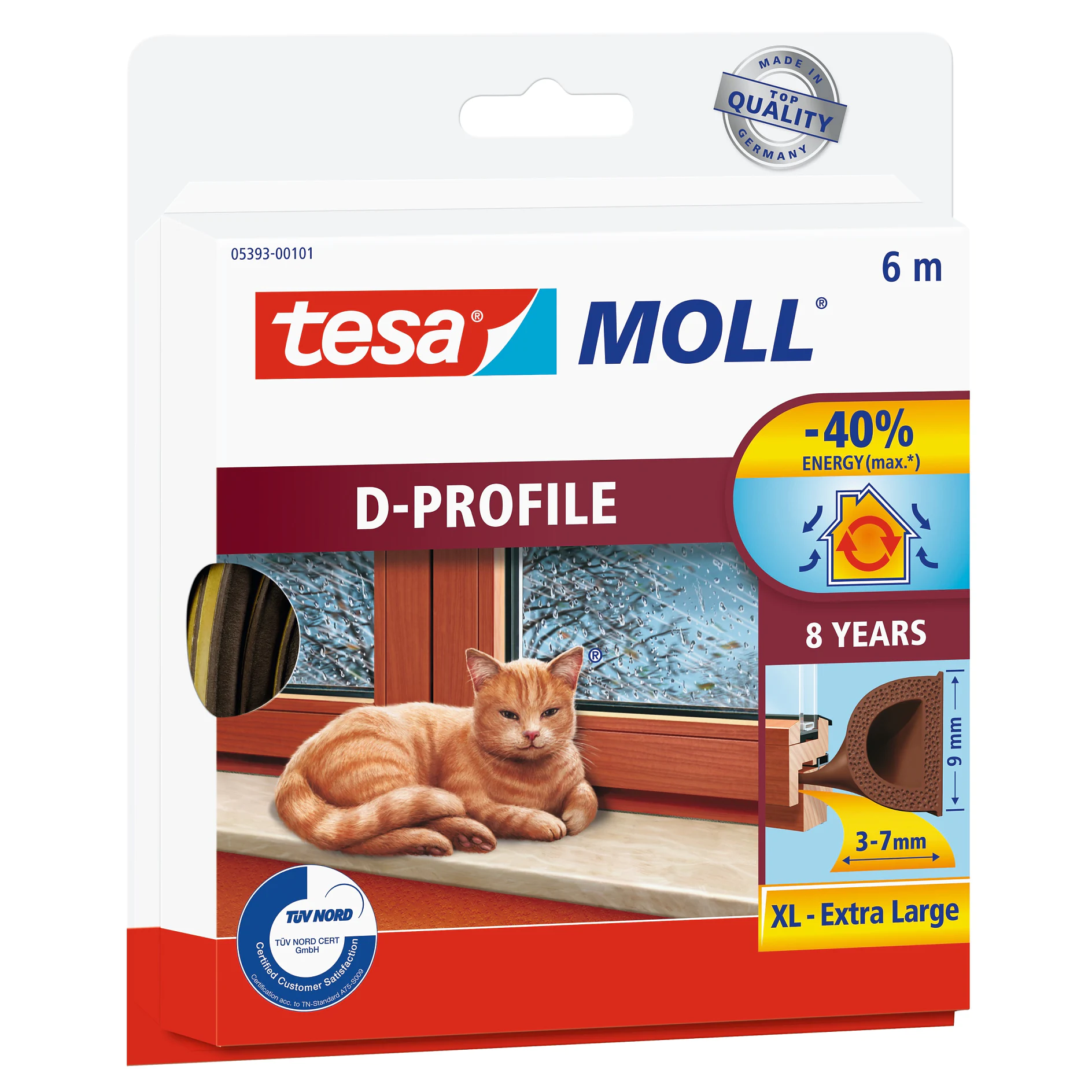
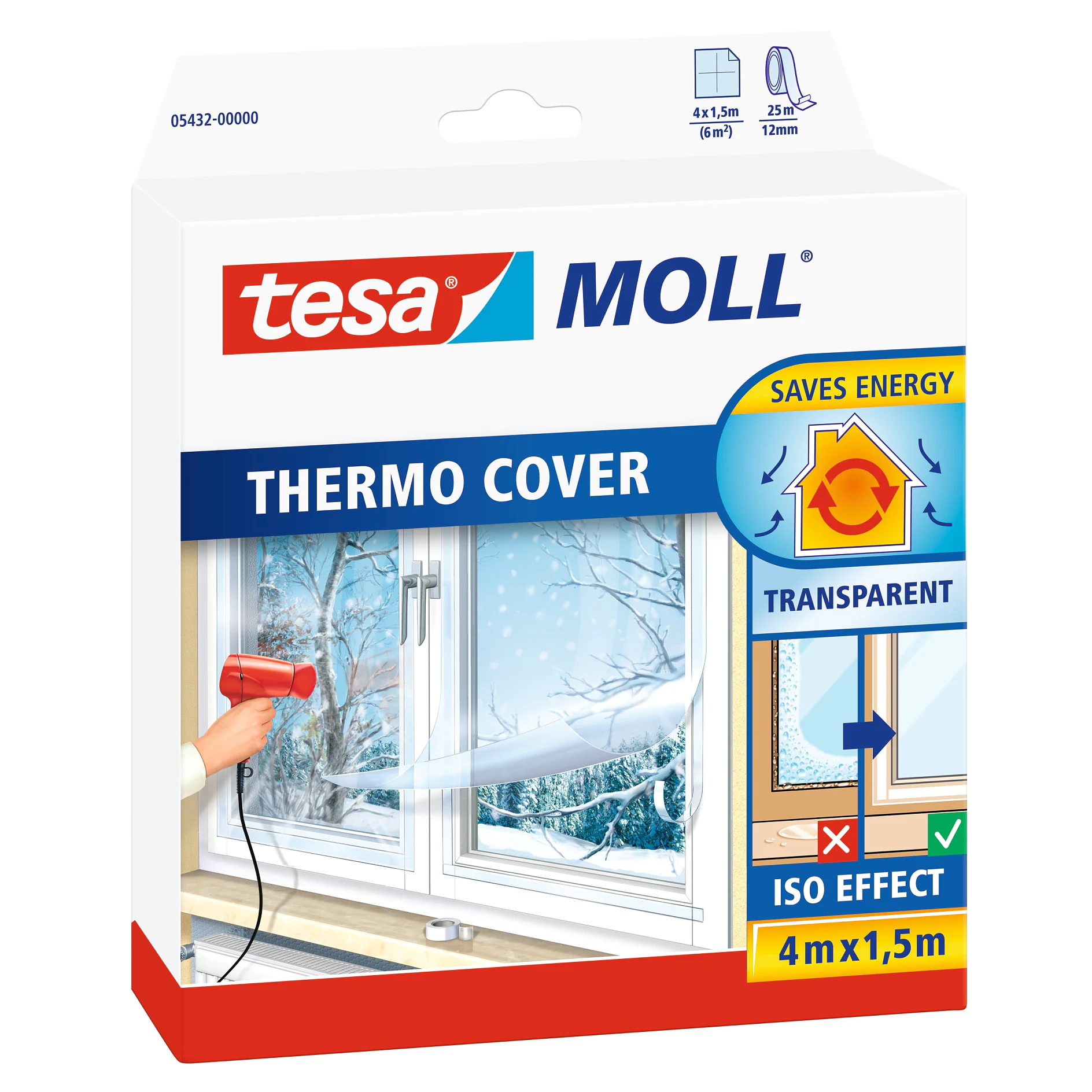
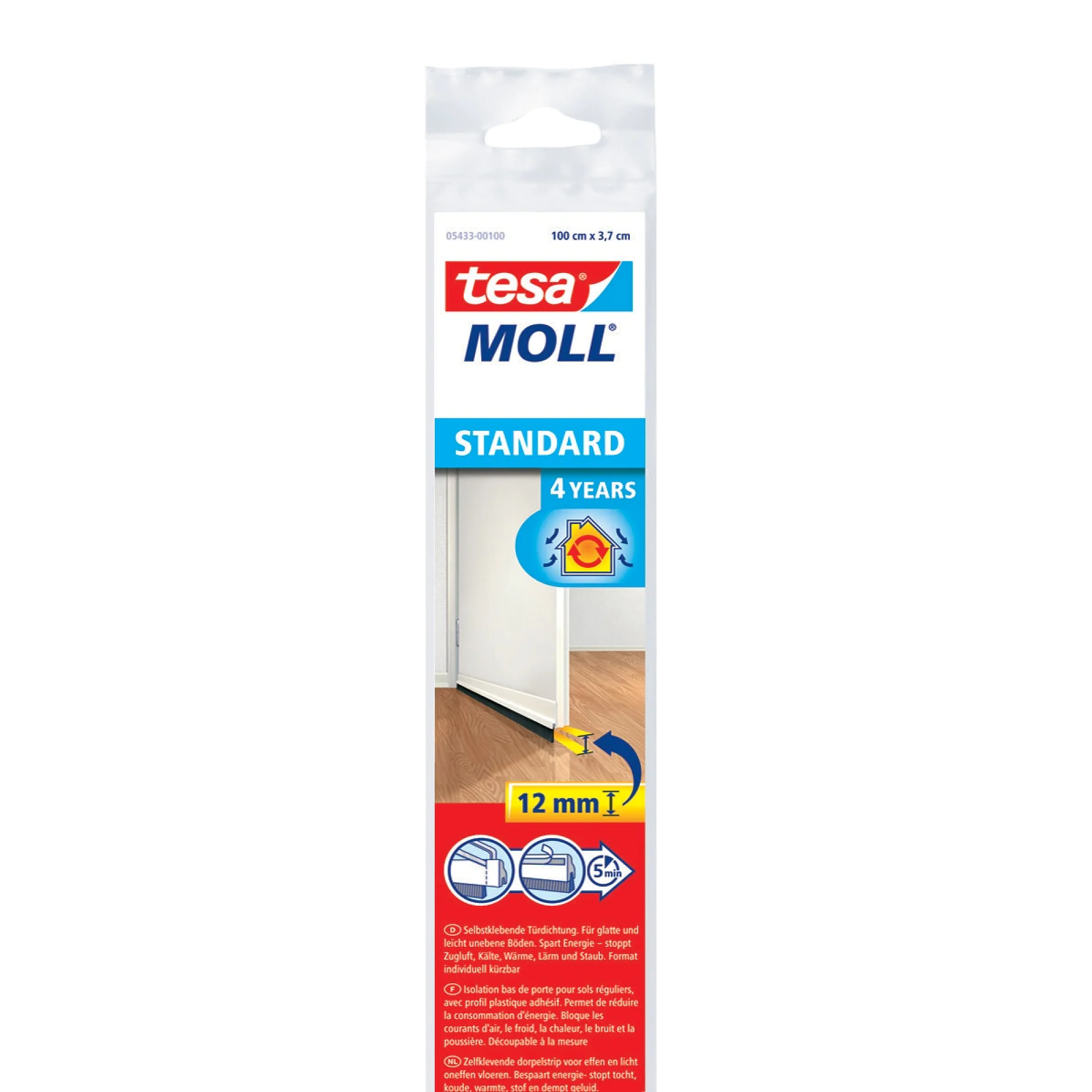
![tesa_4042448827449_05418-00001_LI400_front_pa_001 [en-en] tesamoll double-rol, anthracite ](/en/files/images/202402/2/medium-11177777,11177777_padded1x1_18.webp)
